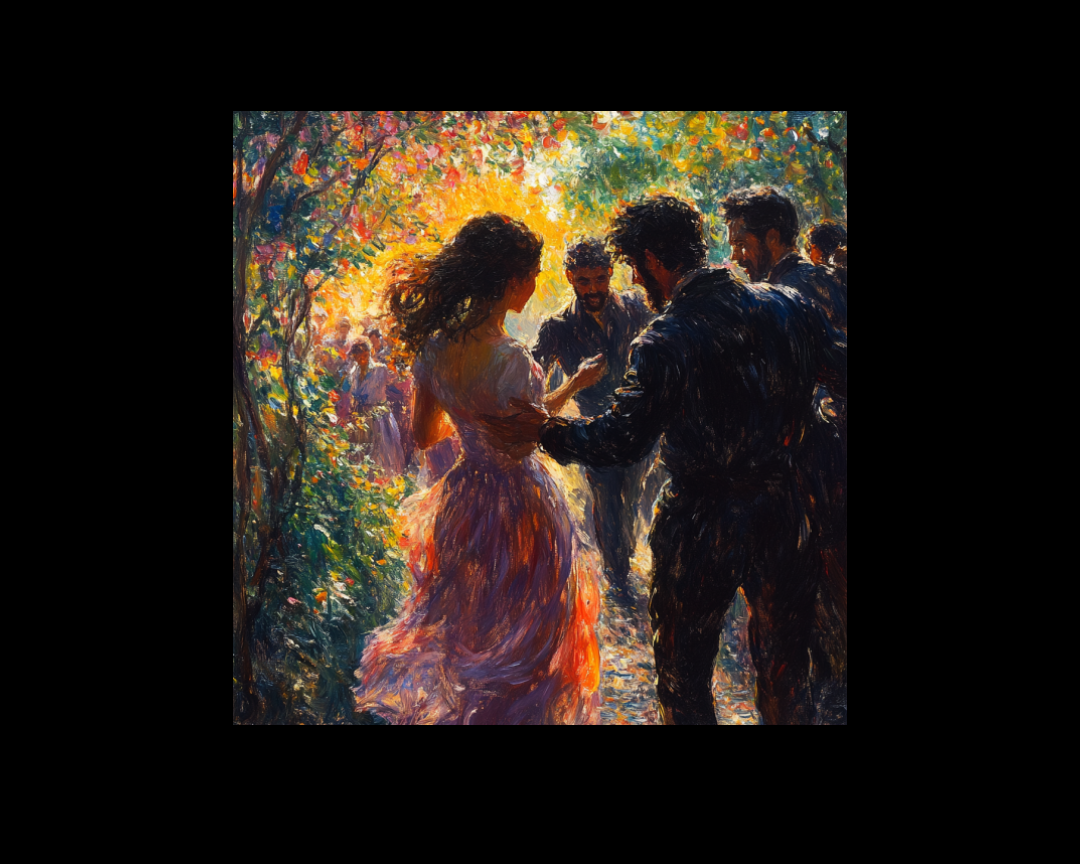Chronesthesia in Storytelling
In storytelling, chronesthesia—the mental ability to perceive and travel through time—is a powerful tool to manipulate a reader's sense of the past...
3 min read
 Writing Team
:
Mar 1, 2024 10:41:16 PM
Writing Team
:
Mar 1, 2024 10:41:16 PM

Far beyond a mere formality, the introduction to a book can shape a reader's experience, setting the stage for the following narrative. A well-crafted introduction can shape readers’ perceptions as they embark on their literary journey. Readers' emotions in those initial pages can set the stage for how they respond to the rest of the text.
Much like this introductory paragraph you’re reading, book introductions prime the audience for what comes next. It establishes the tone, to put it simply. Is it a rom-com, or is it a thriller? The introduction does a lot of the hard work to set things on the right track.
Read on to discover why authors and readers alike should consider the art of crafting a compelling introduction.
Before we really get started, we need to understand the three key elements that engage the reader quickly. An introduction should seize the reader's attention. An effective introduction lets the reader know why this is a must-read.
The effectiveness of a book introduction lies in its ability to enthrall the reader from the outset.
Some provide a brief overview that sparks curiosity, later giving the reader relevant information.
Other introductions leave the reader with more questions than answers. While this kind of introduction directly communicates little information, these introductions let the reader know their questions will be answered.
As long as they read the book, that is.
Acknowledge the reader's pain points. Impactful introductions recognize and address readers' challenges, fostering a connection based on shared experiences. When you articulate these challenges in the introduction, it establishes a relatable foundation.
This assures readers that the forthcoming narrative acknowledges their concerns and endeavors to explore and navigate the complexities they may encounter within the pages ahead.
At its core, a book introduction serves not to summarize but to stoke the reader's interest, preparing them to delve into the content. The temptation to overemphasize points or delve too deeply into personal details should be resisted, allowing the narrative to take center stage.
The introduction should act as a carefully crafted overture, providing enough information to entice readers without revealing the intricate layers awaiting narrative exploration. The introduction entices the reader's curiosity, inviting them into the world of the book while leaving ample room for the unfolding story to captivate and surprise.
Whether it’s fiction or nonfiction, introductions let the author experiment with different techniques to introduce the reader to the text. Let’s check out a couple of examples.
Charlie Mackesy's classic children's book, now an animated short film, features a personal introduction that clarifies the story's background and introduces the characters. Written in a tone mirroring the story, Mackesy captivates readers for a transformative experience.
Jerry B. Jenkins, a New York Times bestselling author, breaks his rule of avoiding front matter in the new edition of "The Last Operative." The Author's Note, as an introduction, underscores the significance of crafting a brief yet impactful introduction.
In the 60th edition of Ray Bradbury's "Fahrenheit 451" Neil Gaiman's introduction reflects on speculative fiction, imagination, and his relationship with Bradbury. This thoughtful beginning to a timeless classic is a testament to enduring brilliance.
Steven James, known for his thrillers and writing guides, presents a highly brief introduction in "Troubleshooting Your Novel." In a few paragraphs, he imparts a lesson from his writing journey, inspiring readers while keeping brevity in mind.
Marketing expert Donald Miller spends three pages in "Marketing Made Simple," offering a concise marketing lesson that propels readers into the book's core. He subtly sets the stage for readers to consume and implement the insights shared.
Anne Lamott's classic "Bird By Bird" commences with an extensive retelling of a childhood experience, intertwining storytelling expertise to hook the reader, address pain points, and establish credibility. Lamott's unique style allows for a slightly longer introduction.
Remember, success lies in captivating the reader, maintaining conciseness, and inspiring them to plunge into the first chapter.
Just as influencers meticulously choose thumbnails to engage their audience, writers invest time in perfecting book introductions to draw readers into their content.

In storytelling, chronesthesia—the mental ability to perceive and travel through time—is a powerful tool to manipulate a reader's sense of the past...

Conflict is the cornerstone of storytelling, but villains aren't always mustache-twirling adversaries. Let's delve into the diverse array of...
.png)
Whether you're penning a novel, a short story, or even diving into a screenplay or musical, mastering the tempo of your narrative is paramount....